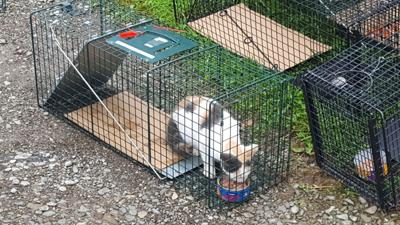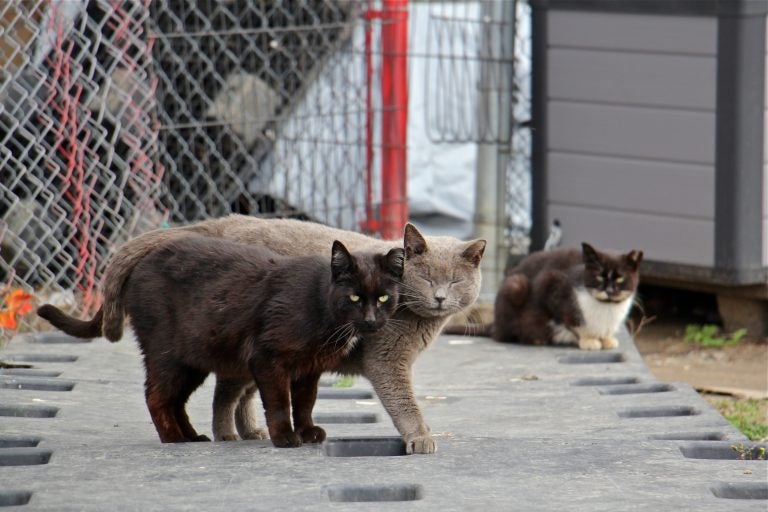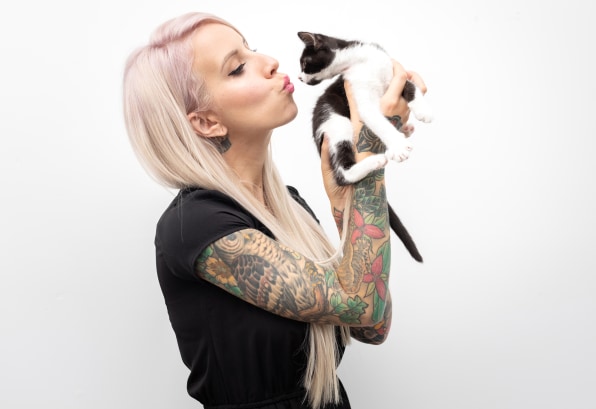The words “no-kill shelter” have been floating around the internet and conversations for a long time. Delaware has even become the first state to have only “no-kill shelters”. But do people actually know what a no-kill shelter is? A “no-kill shelter” typically refers to one that won’t euthanize an animal that is healthy and will keep them until they are adopted, while a “kill shelter” may euthanize animals for reasons other than for the animals’ own wellbeing.
Animals shelters are typically grouped together by “kill shelters” and “no-kill shelters”, making it seem like a black and white label, but the truth is more of a gray area. The moniker “kill shelter” makes it seem like animals are just being murdered there because they can be, and in very rare cases this can be true, but most “kill shelters” are forced to be kill shelters due to a lack of funding and resources, and a lack of people willing to adopt.

Fig. 1 The Animal Shelter I Volunteered At Proudly Displaying Their “NO KILL” Status; Image Credit
The shelter I volunteered at was a no-kill shelter and was very proud of that fact. It could only stay a no-kill shelter due to the high rate of adoption in the area, the funds raised through large corporation donors, and the dedicated volunteers and staff running the shelter. Many shelters do not have these resources, however, and are forced to stay “kill-shelters”, giving them a bad reputation. Kill-shelters are often seen by people as bad places to adopt an animal, and so many people avoid them when looking to adopt, but this only worsens the issue. If people don’t adopt the animals in the kill-shelters, more of the animals there will get euthanized, and the shelter will get even less funding and profits, causing a cycle of harm.
There is also an unknown side to no-kill shelters. In many places, the definition of a healthy animal that can’t be euthanized in a no-kill shelter only includes non-feral, adult animals, leaving kittens and puppies and feral animals to be legally allowed to be euthanized. People believe that since a shelter is considered a no-kill shelter, they do not euthanize any animals, but this is simply not true. In most no-kill shelters, including mine, they try not to have to euthanize any of the feral or young animals, but when the resources run low (thankfully when I was at my shelter, they never did) the animals pay the price. Private shelters can also refuse to take in any animal they do not feel they can care for, leaving many still on the street or ending up in the overcrowded kill shelters.
There are good sides and bad sides to both types of shelters, but don’t be discouraged about going to either of them to adopt, because without adopters, the animals in these shelters won’t get to find their forever homes.







